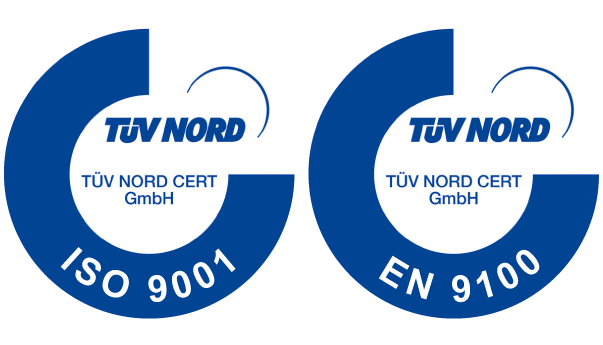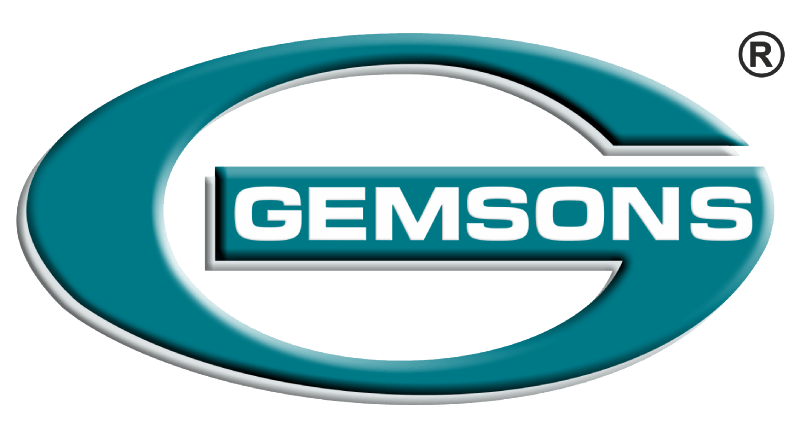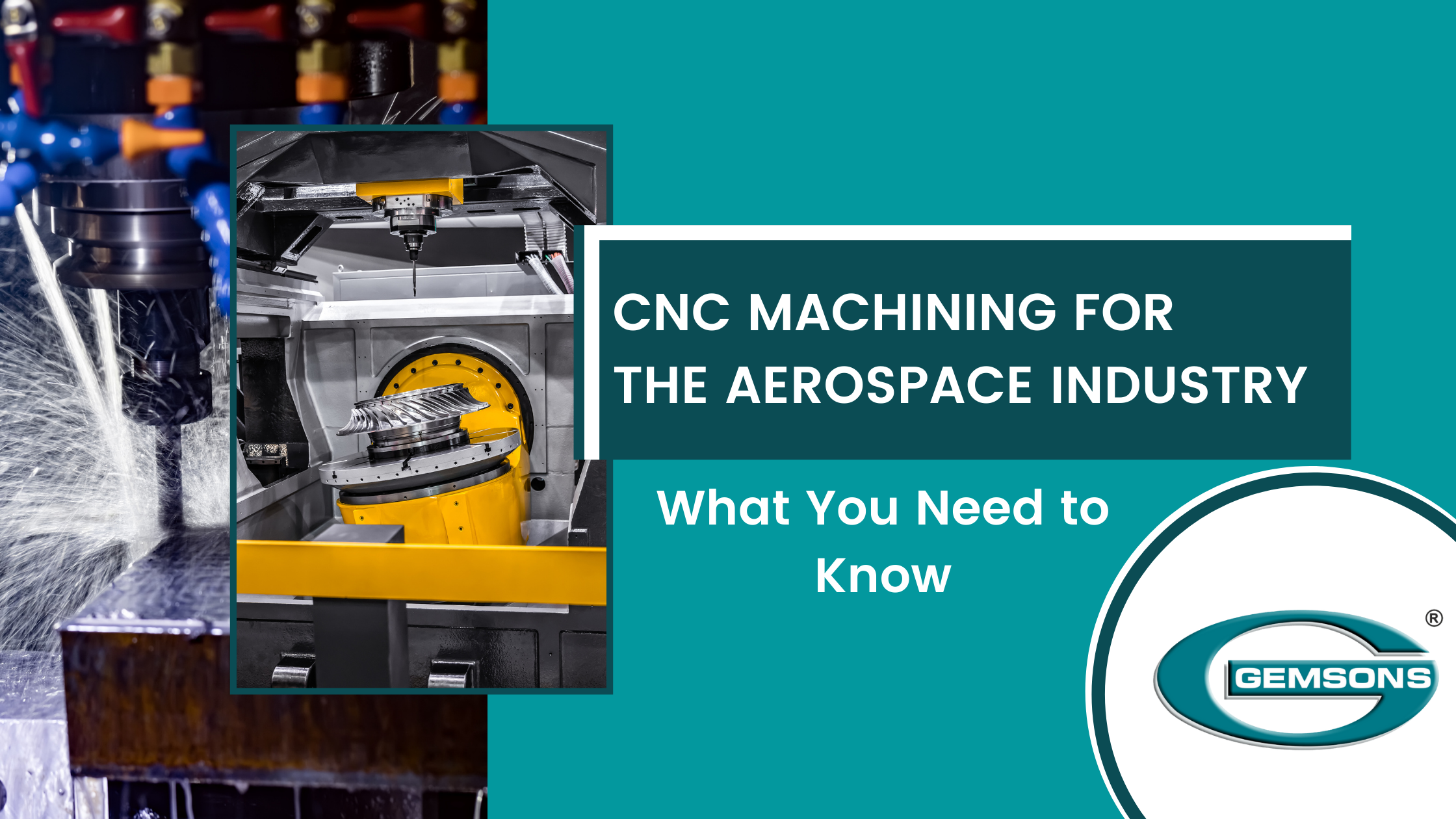The aerospace business comprises all aspects of aviation, space travel, and aircraft operations. It serves the private, commercial, and government military sectors.
CNC machining is not the only manufacturing method used in aircraft. It may be the most common. 3D printing is often utilized for lightweight components that are not critical to system functionality, such as the 3D-printed polymer sensor covers for radiation monitors on the International Space Station. Aerospace CNC machining is the only means to obtain the required tolerances for engine parts and other essential components.
What Materials Are Used?
Cheap-weight aluminium used to dominate the aircraft sector owing to its low cost. While it is still employed in the industry, other alloys are taking their place and being used as go-to industrial materials. If you are unfamiliar, a typical lean-burn engine may reach 3800 degrees Fahrenheit.
As a result, heat-resistant is becoming increasingly common. This is especially when combined with composites like ceramics. They are, however, significantly more complex to operate and need the deployment of specialized software for a safe user experience. Nonetheless, the aircraft industry remains dependent on these materials due to their durability.
CNC Machining in the Production of Aerospace Components
Suppose you are new to the use of aerospace CNC machining in engineering. In that case, the following points will help you understand how this machining technology is making a difference in the field:
Lightweight Metal Components
Because of their incredible strength, aluminum and titanium are the most widely utilized metals in the manufacture of various aircraft. Because they are lighter than steel or any other metal, they dominate the industry. The use of lightweight metals improves fuel efficiency and overall aircraft performance.
Manual machining of these metals, on the other hand, is arduous and time-consuming. CNC technology helps the aerospace industry by being compatible with a wide range of materials and allowing for seamless manufacturing of these metals.
CNC Rapid Prototyping
R&D is an essential component of every company, and CNC machining is at the forefront of this process. Aerospace engineers can quickly design new prototypes test and modify them in real-time because CNC machines follow instructions from 3D CAD models to produce components.
CNC quick prototyping is cost-effective for aerospace CNC machining as it eliminates investing in tooling. Furthermore, it makes it easier for aerospace organizations to meet regulatory criteria.
Complex Design Fabrication
The difficulty of developing aircraft components is constantly increasing. The large airplane landing gears and fuselage parts have minute features and need exceedingly tight tolerances.
Meeting these expectations necessitates using 5-axis CNC milling machines to produce even the most complicated items. These machines can achieve angles that would be impossible to achieve with 3- or 4-axis devices.
Manufacture of End-Use Parts
CNC machines can produce end-use parts and high-quality tooling components for aerospace providers. While it would be impossible to include all aerospace CNC machining, some crucial examples include hydraulic manifolds, gearboxes, fuel bodies, landing gear, electrical connections, housings, and more.
Accuracy is essential in the design of aircraft, whether fighter jets, cargo planes or commercial airlines. Every stage of an aircraft’s production, from the deepest layer to the outside shell, requires unparalleled precision.



Recent Comments